The bell dance on the western slope of Yen Tu mountain range
BAC GIANG - In the life of the Dao ethnic group in Tay Yen Tu town, Son Dong district, the bell dance is considered one of the indispensable sacred rituals during festivals and ceremonies. This is a unique cultural identity that the local people have maintained from generation to generation.
Visitors to Tay Yen Tu (western Yen Tu) in the spring not only enjoy a fulfilling pilgrimage to various pagodas but are also deeply impressed by the sounds of the bronze bells played by the local Dao people during the festivals.
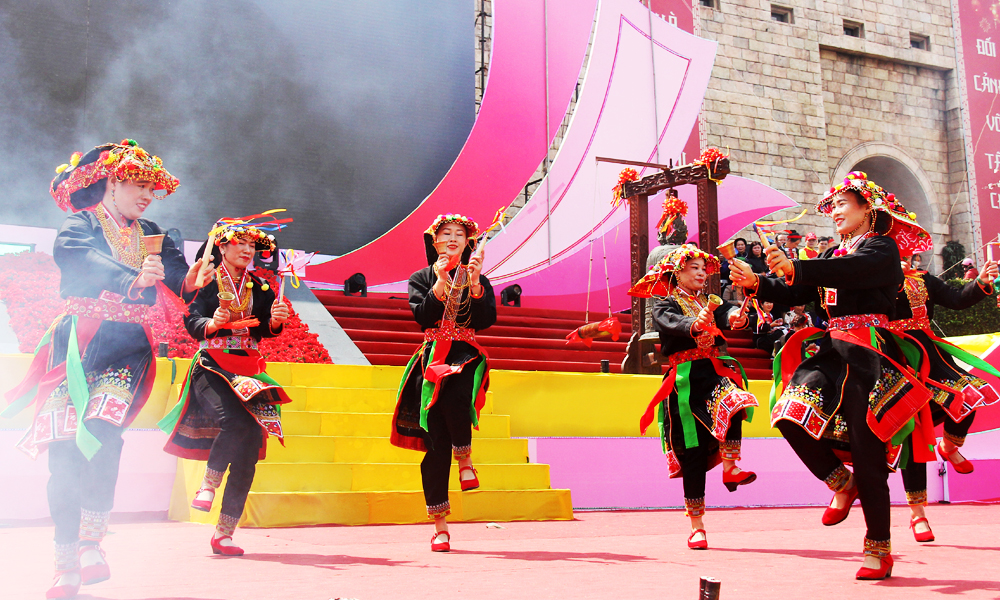 |
|
The Dao people perform the bell dance on stage. |
Young men and women, dressed in traditional costumes, hold bells and red tassels, lost in a mystical dance. They immense themselves into the rhythm of the bells and drums, creating a lively and festive atmosphere that reflects the excitement and vitality of the mountainous region.
Trieu Sinh Lien, born inn 1960 in Mau residential area, Tay Yen Tu town, shared that the Dao people often perform the bell dance during the harvest prayer, Ban Vuong worship, and “Cap Sac” (coming-of-age) rituals, wishing for good things.
This also serves to teach younger generations about their cultural heritage and the traditions of their ethnic group.
“As a Dao ethnic, most people know the bell dance because the movements are quite simple. However, to understand the meaning behind each step and combine it with Dao Nom prayers, not everyone can do it,” he said.
During the "Cap Sac" ceremony, the bell dance consists of four steps: offering incense, opening the altar, praying to the Jade Emperor, and closing the altar.
In the harvest prayer ceremony, the bell dance includes steps for offering incense and reenacting agricultural production movements such as planting rice, growing corn, and harvesting crops.
Typically, three to four people participate in the bell dance during the “Cap Sac” ceremony, while more people join in other dances, making it more lively.
When dancing, the left hand holds a multi-coloured tassel attached to a piece of wood, while the right hand rings the bell in rhythm. The colourful tassels sway up and down in harmony with the beat.
Lien learned the bell dance and Dao rituals when he was young and is still often invited to participate in local Dao ceremonies. According to him, the Dao people here believe in a three-tiered world (Tam Gioi).
The upper tier is inhabited by deities; the middle is the realm of humans, plants, and animals (the real world), while the lower tier is where ancestors and spirits dwell.
The Jade Emperor leads the third tier, followed by gods like the Three Purities and the King of Hell, with ancestors and the gods of earth below them. Additionally, the Dao people believe that all things in the universe have a spirit.
The Dao people in Tay Yen Tu take great pride in preserving many traditional customs, including the "Cap Sac" and harvest prayer rituals. These occasions allow the Dao to express gratitude to the gods and ancestors and teach younger generations about their roots and cultural heritage.
Today, in addition to performing the bell dance at major ceremonies, the Dao people in Tay Yen Tu have adapted it for stage performances, attracting the participation of many young people.
Through this, they express their desire for a prosperous and happy life, promoting virtue, and imparting the deep educational meaning of the proverb “drinking water, remembering its source,” tightening community solidarity, and enhancing their cultural and spiritual life.
 Bắc giang
Bắc giang

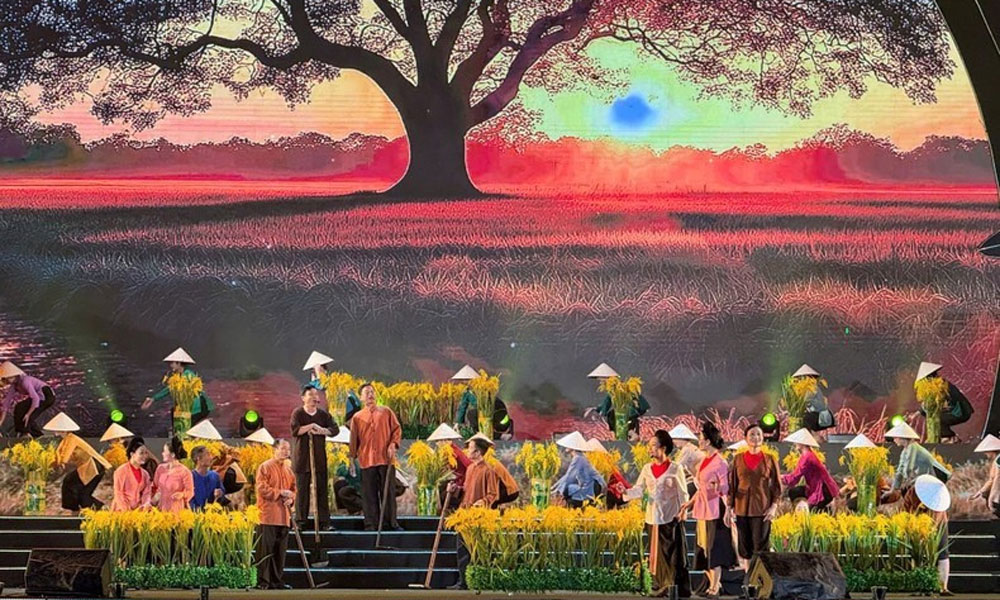


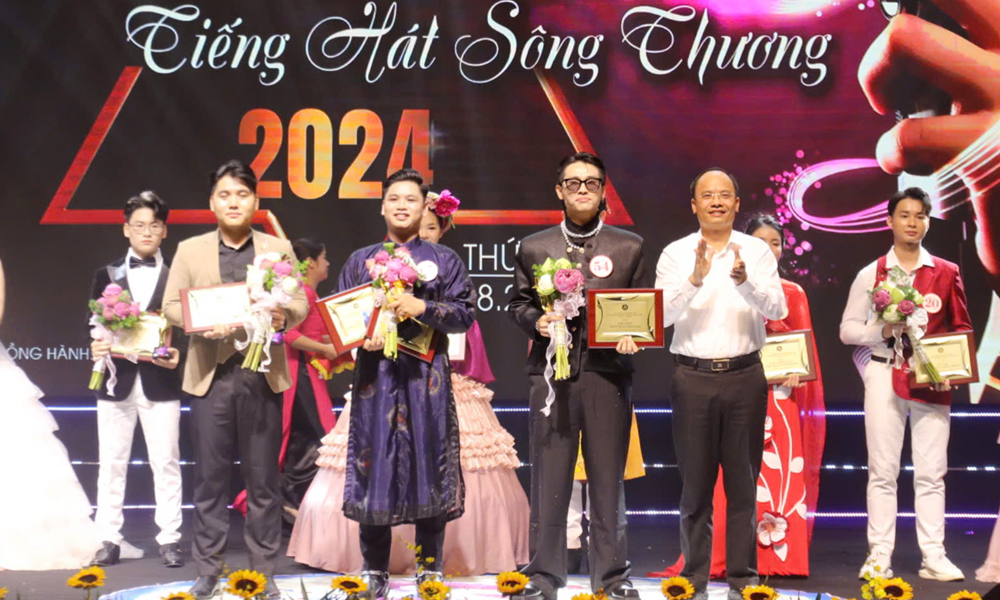
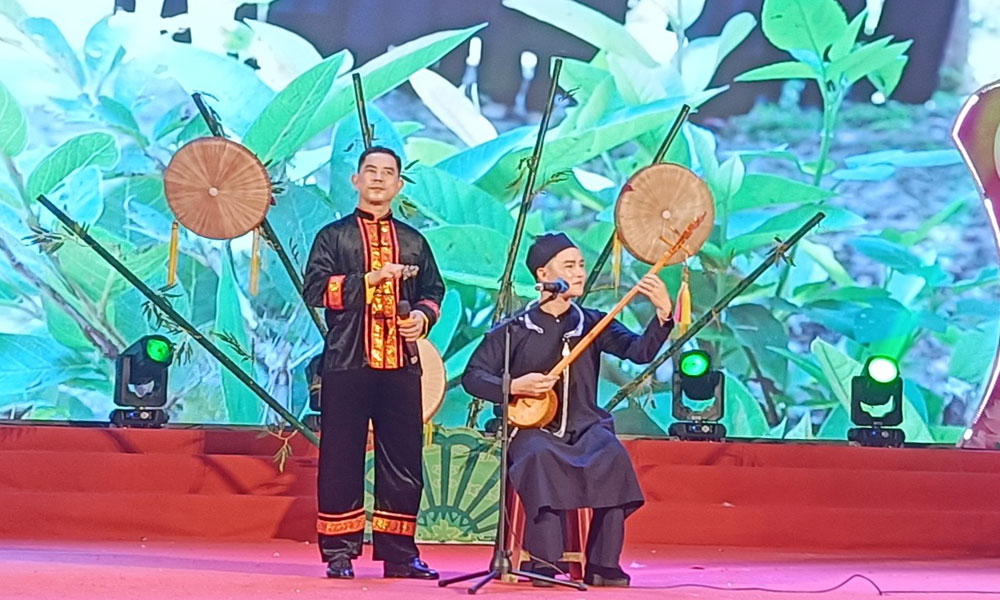

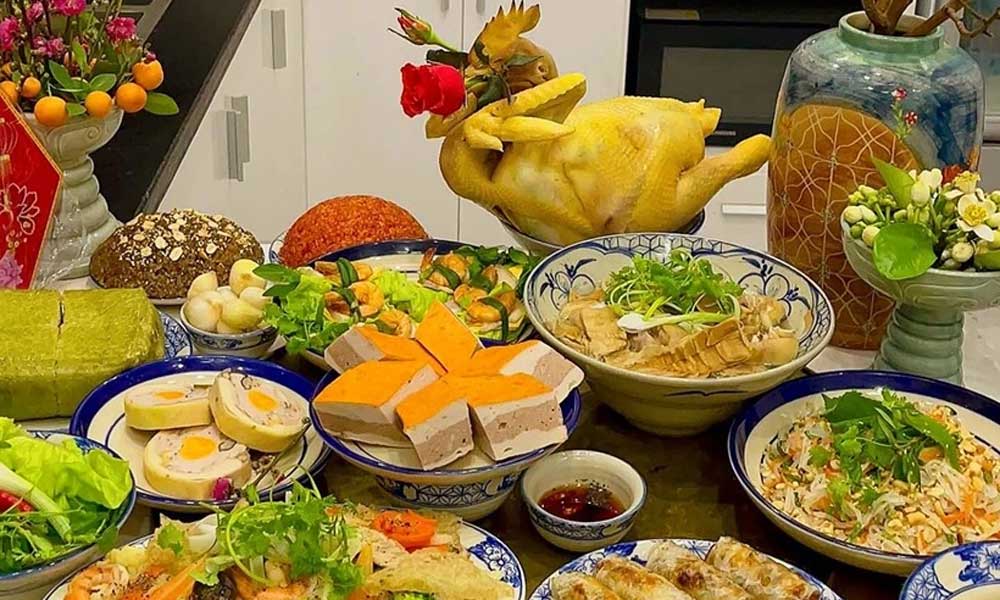
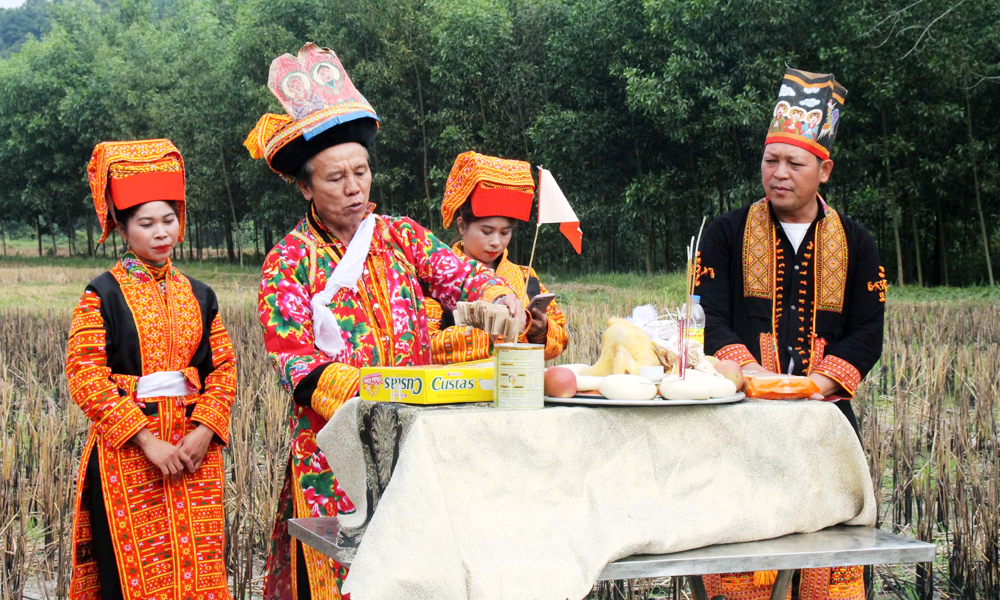
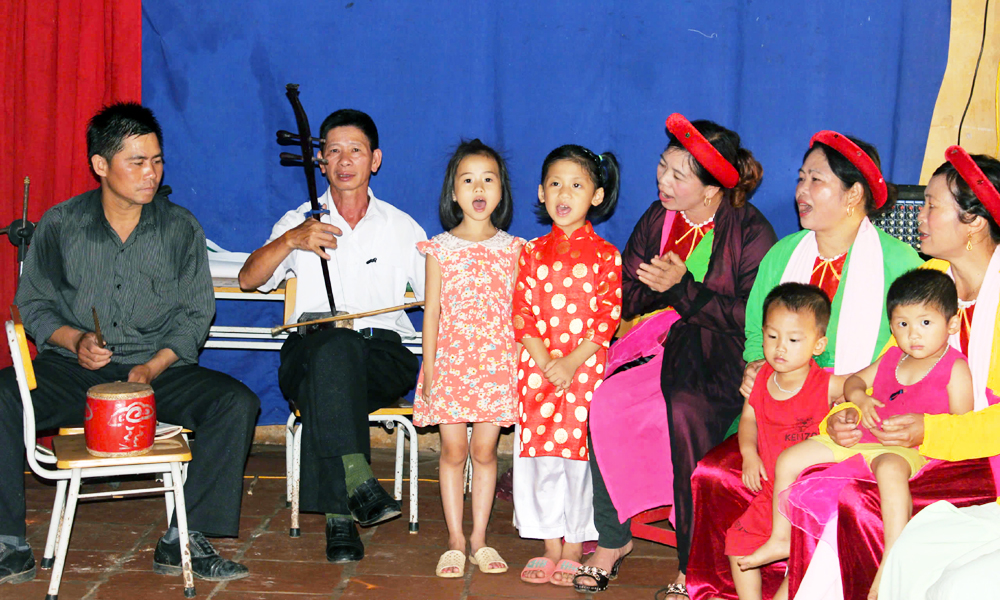

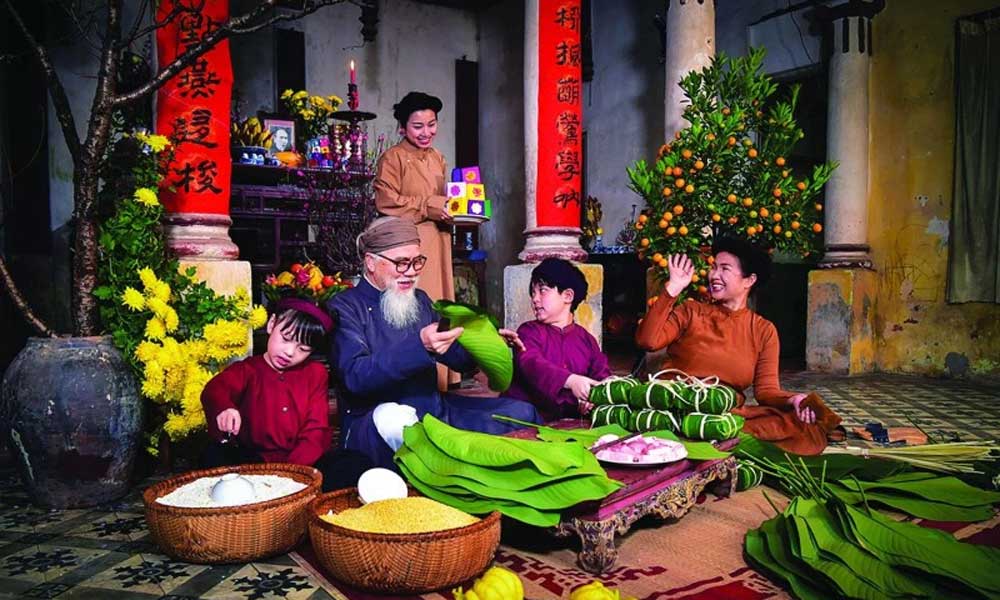



Reader's comments (0)